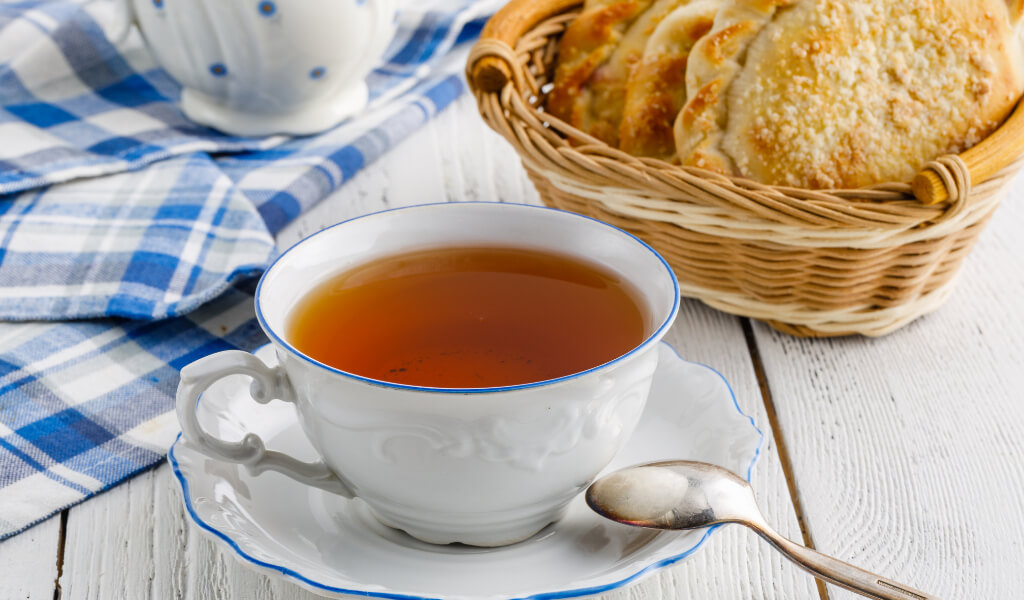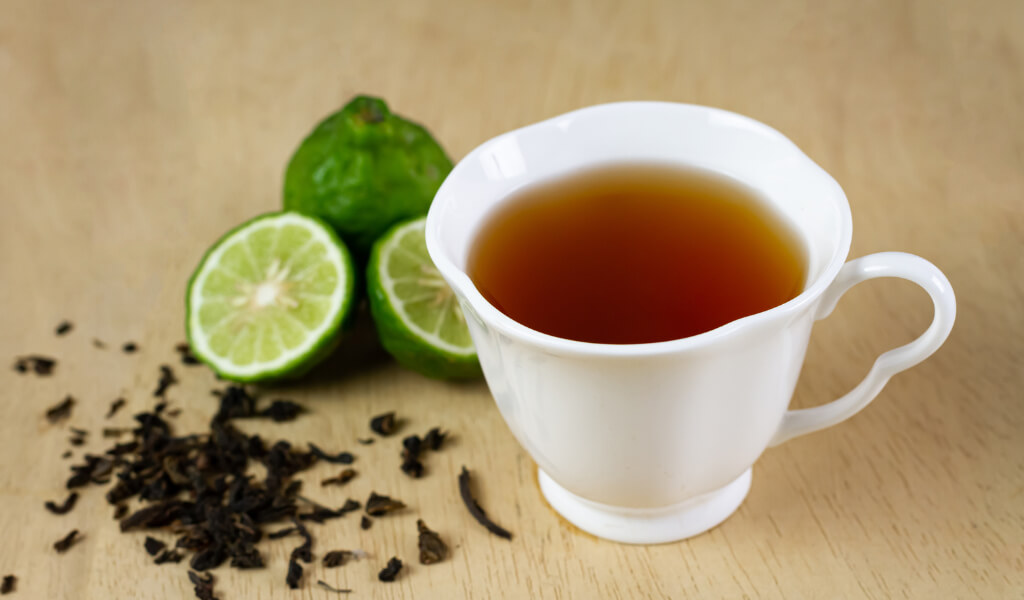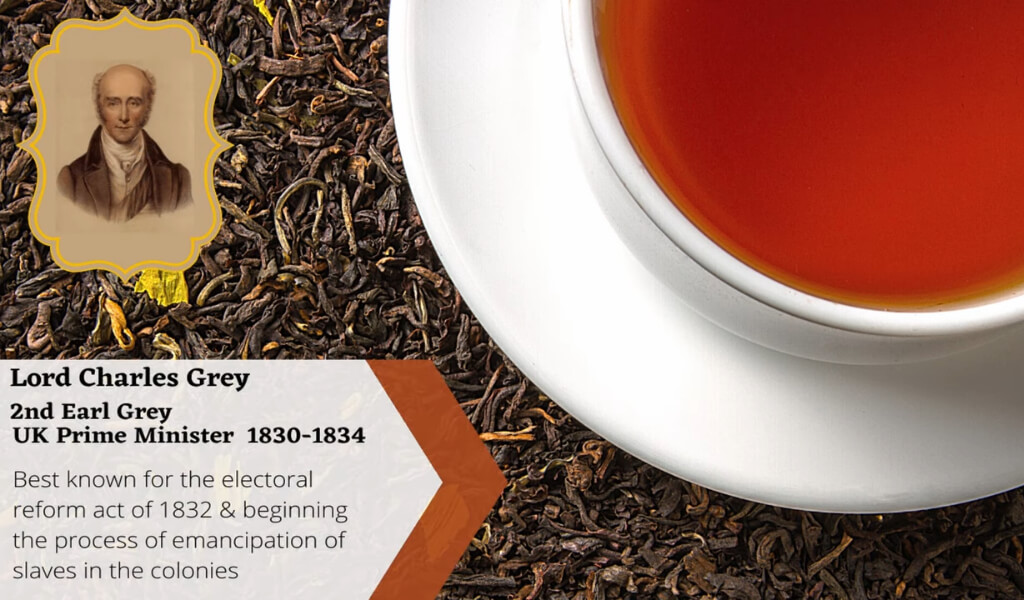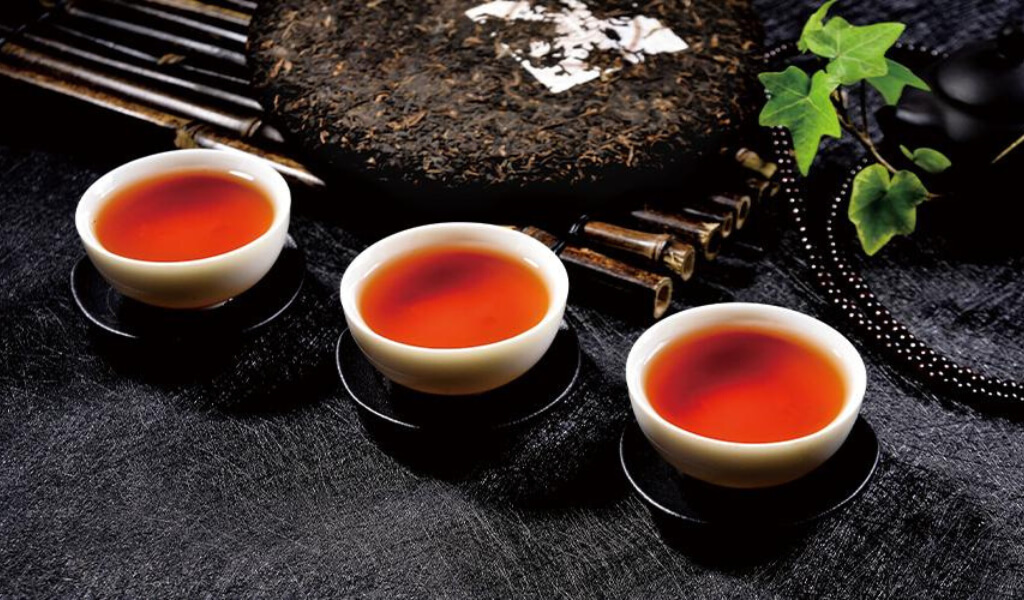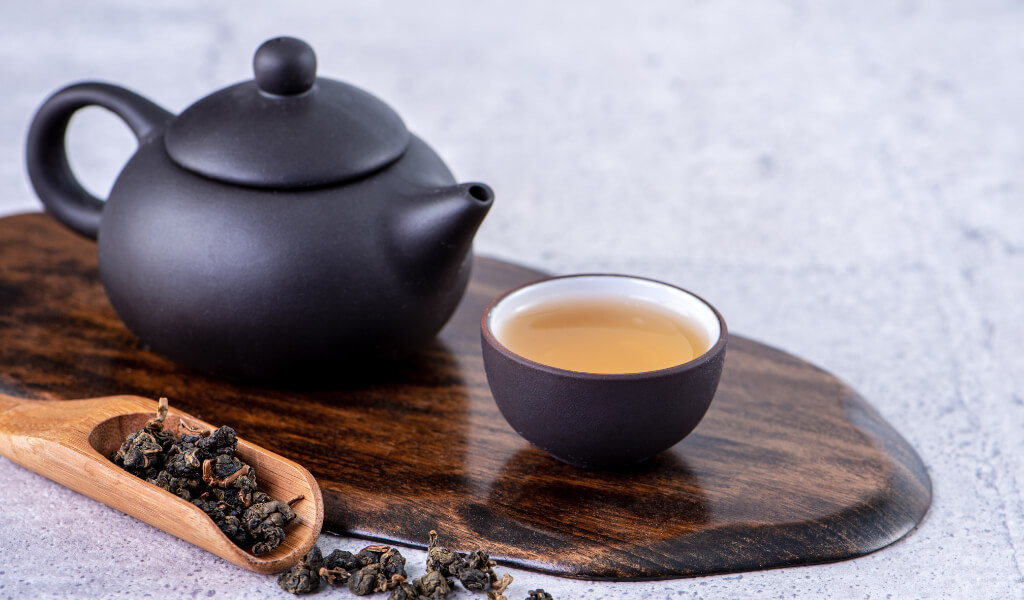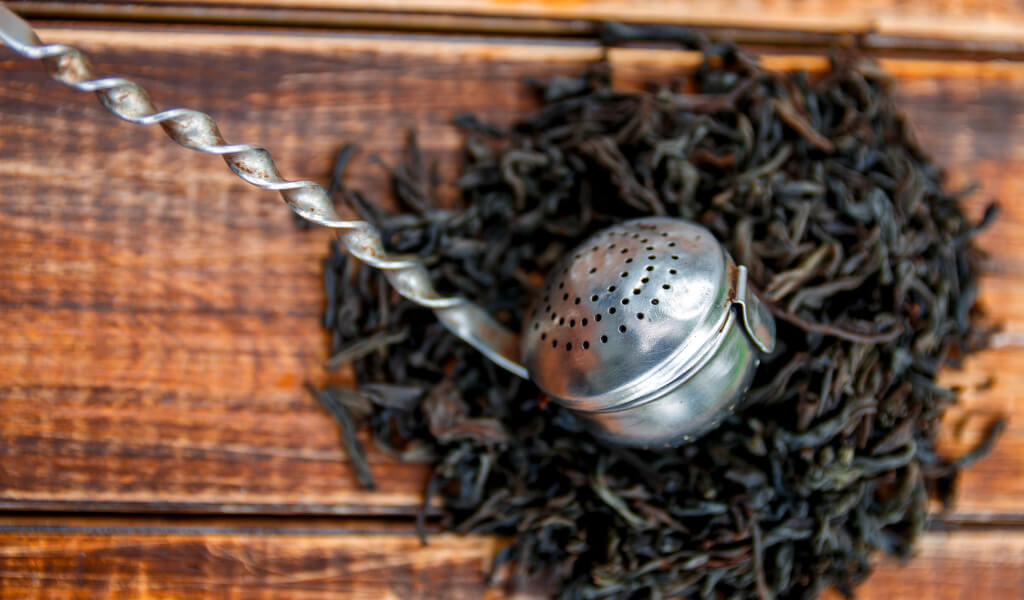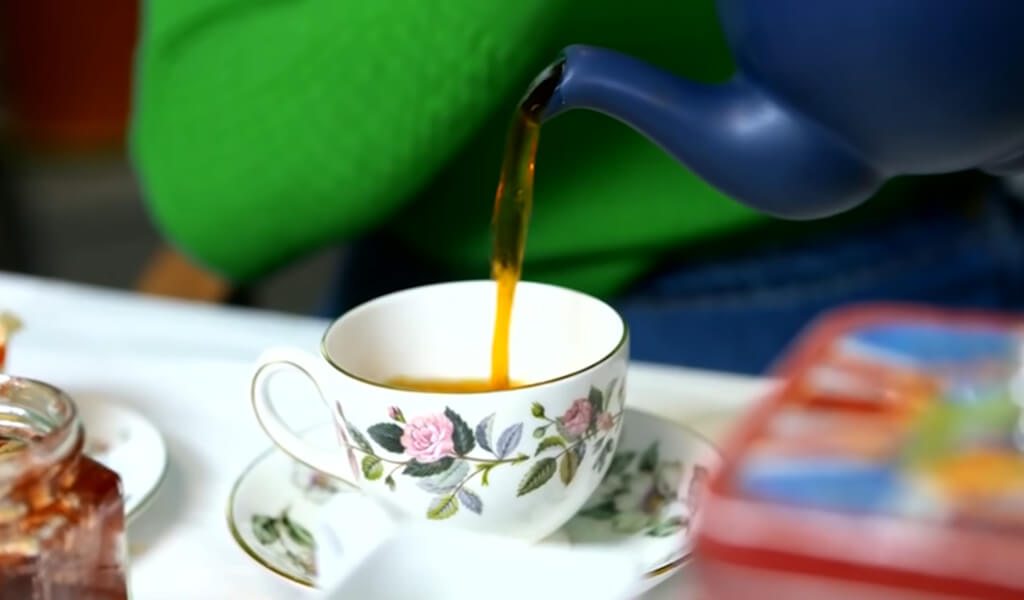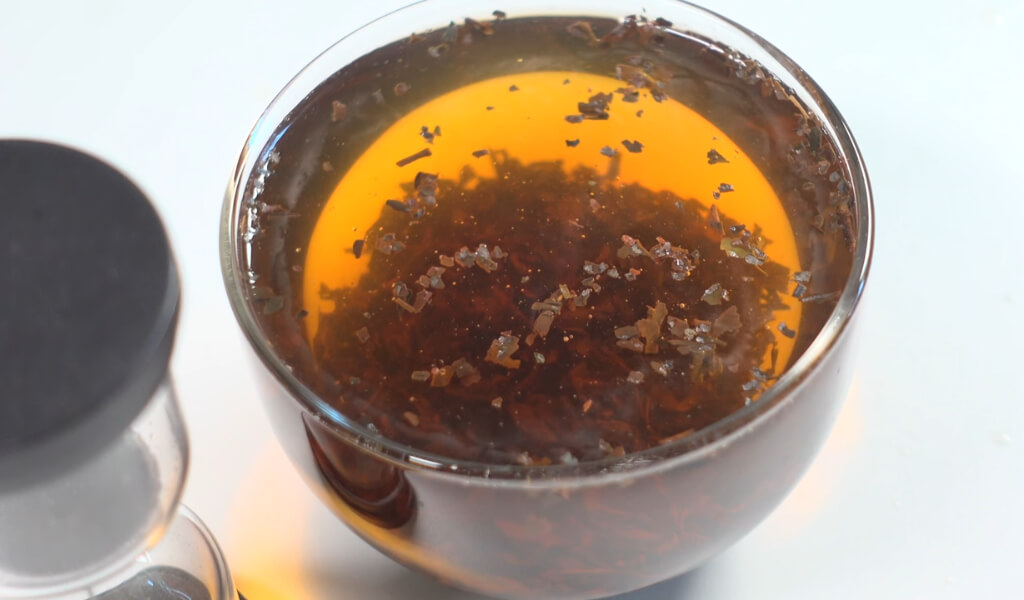Welcome, tea lovers and curious readers alike! Have you ever savored a warm cup of Earl Grey tea, wondering about its distinct flavor, heritage, or even which brand offers the best brew?
And what is Earl Grey Tea? I’m here to guide you on a journey, exploring the captivating world of Earl Grey tea, its origin, its health benefits, and the art of making the perfect cup.
Quotes of tea with You
“Blood, sweat, and tea, sister! That’s what it takes to achieve all great and terrible things.”
― Emory R. Frie, Wonderland
What is Earl Grey Tea?
Earl Grey, also known as the Earl Grey’s mixture, is a classic British brew that combines Black Tea with the fragrant essence of Bergamot Orange. The Bergamot Orange, a citrus fruit resembling a blend of orange, lemon, grapefruit, and lime, lends its distinct aroma and taste to this renowned beverage.
From the first sip, you’re greeted with a robust Black tea taste followed by the lingering note of bergamot. This delightful dance of flavors has kept tea enthusiasts and me worldwide returning for more.
Earl Grey tea origin
Earl Grey tea, a distinctive blend known for its citrusy bergamot flavor, carries a history as complex and varied as its unique taste. The earliest reference to a tea raesembling Earl Grey dates back to 1793, found in the archives of the East India Company.
As the company botanist Sir George Staunton observed, Black Tea with a citrus extract from China was mentioned. This discovery was shared with Sir Joseph Banks, who later created the Staunton Earl Grey recipe.
Sir Joseph Banks, a close friend of Charles Grey, introduced this delightful blend to the Earl himself, who, as the story goes, took a great liking to it.
However, the narrative of Earl Grey’s origin continues. There are other stories as well. Jacksons of Piccadilly, for example, claimed that they invented the earl gray tea in 1836 at the request of Charles Grey.
Another theory suggests that the tea was the creation of a tradesman named William Grey, not an Earl. William Grey & Co., based just a few miles from Earl Grey’s Howick Hall home, frequently advertised their ‘Celebrated Grey Mixture Tea’ during the 1850s.
While the true origin of Earl Grey tea may be lost to history, the blend’s popularity has stood the test of time. In the late 19th century, it was mentioned in The Marquise de Fontenoy’s book, ‘Revelation of High Life Within Royal Palaces’, hinting at the tea’s popularity and status.
Another interesting story involves the bergamot Earl Grey Black Tea and his family estate in Northumberland. The water sourced from their well had a chalky, unpleasant taste due to limescale, and it is suggested that a Chinese Mandarin man created the bergamot tea blend to mask this taste. The blend later gained popularity at the hands of Lady Grey, who served the tea at her famous tea parties.
For those interested in diving deeper into the history of Early Grey tea, I highly recommend the book “Revelation of High Life Within Royal Palaces” by The Marquise de Fontenoy. This book, available on Amazon, offers a fascinating glimpse into the popularity of Earl Grey tea in the 19th century and contains much more information about this beloved tea.
Fascinating, isn’t it? But how is this aromatic tea made? Let’s find out!
What is earl grey tea made of?
What is in earl grey tea? Over the years, I’ve become intimately familiar with making Earl Grey tea with bergamot. It all starts with a base of Black Tea, commonly from the Assam or Darjeeling regions. Bergamot oil is one of the key earl grey tea ingredients that transforms regular Black Tea into Earl Grey.
Bergamot is a type of citrus fruit, and it’s the cold-pressed oil from its rind gives this earl grey tea citrus signature aroma and flavor. This oil is carefully sprayed onto the tea leaves and left to dry, resulting in a beautifully scented, flavorful blend.
Each time I open a fresh pack of Earl Grey, that distinct aroma takes me back to the tea gardens I’ve visited.
The beauty of Earl Grey doesn’t stop at its creation, there’s a whole world of varieties to explore! Are you ready to discover them with me?
Varieties of Earl Grey
One thing I love about Earl Grey is its versatility. Over the years, I’ve discovered several varieties with unique charm. Lady Grey, for instance, has a hint of Seville oranges and lemons, which I find refreshing.
Then there’s Red Earl Grey, which uses Rooibos instead of Black Tea, offering a caffeine-free option. For lavender lovers like me, there’s the floral Earl Grey Lavender. The adventure of exploring the Earl Grey variants has truly enriched my tea experiences!
We’ve journeyed through the different types of Earl Grey, but did you know Black Tea, its base, has its standalone uses? I bet you’re curious!
Uses
Over the years, I’ve found that besides making a robust brew, it’s a fantastic ingredient in baking. I’ve baked Black Tea-infused cakes that were a hit at parties!
Black tea also makes a surprisingly good natural fabric dye. Beyond these, I’ve used it as a plant fertilizer in my garden – it’s high in beneficial nutrients. It’s amazing how versatile a simple tea leaf can be!
Read More:
- What Is The Caffeine Content in Darjeeling Tea?
- What is Assam tea? From vibrant valleys of Assam in India
- What is Ceylon Tea? Unveiling the Rich Heritage and Flavors
- Discover the best 20 Types of Black Tea in the World 2023
Brew
Having enjoyed a daily cup of Earl Grey tea for over a year, I’ve honed the process of making it into fine art. Believe me when I say that the perfect cup starts with the quality of your ingredients. Choose a high-quality Earl Grey to blend with well-sourced Black Tea and authentic bergamot oil.
To make your loose leaf earl grey tea, boil fresh, cold water. The temperature is crucial – aim for about 100°C (212°F) for Black Tea-based Earl Grey. Once your water is boiling, pour it over a teaspoon of the tea (or one tea bag) in your favorite cup or teapot. Let it steep for about 3 to 5 minutes, but adjust based on your preference for strength.
Then comes my favorite part: savoring the aroma as the tea steeps. Something almost meditative about it makes the first sip even more rewarding. Finally, it’s time to enjoy your Earl Grey – as is or with a splash of milk or slice of lemon. There’s no better way to start the day!
Tasting Earl Grey
I’ve been trying and enjoying Earl Grey for a year now, and I adore its unique flavor. When you take your first drink of Earl Grey, the strength and full-bodied flavor of the Black Tea hit your tongue. Bergamot, a lovely citrus note that is both tart and sweet and somewhat reminiscent of a combination of lemon, orange, and grapefruit, comes in second place.
The bergamot lends a freshness to the tea, a lightness that dances on your tongue. This delightful contrast – the bold Black Tea against the fragrant, vibrant bergamot – makes Earl Grey intriguing and enjoyable. Every cup is a taste adventure, the perfect balance of hearty and zesty.
And, of course, adding milk or lemon brings a new dimension to the flavor. Milk adds a creamy, smooth texture that complements the tea beautifully, and whole lemon enhances the bergamot’s citrus zing. It’s a tea that invites experimentation, which I love.
Tasting Earl Grey is a delight, but have you ever wondered about its caffeine content? Let’s shed some light on this, shall we?
Recipes Involving Earl Grey Tea
I’ve found that the trick to enjoying chai tea is in the preparation.
Traditional chai tea is made by brewing Black Tea with aromatic spices like cinnamon, cardamom, cloves, and ginger. Add some milk and sweetener and a rich, warming, spiced beverage.
Over the years, I’ve experimented with different spice blends to find my perfect cup.
Remember, like any tea, making chai is a personal experience – feel free to adjust to your liking.
With the aroma of chai still lingering, let’s circle back to our beloved Earl Grey and explore how to buy and store it effectively. I promise it’ll be worth your while!
Buying and storing Earl Grey
Over the past two years, I’ve bought and stored more Earl Grey than I can count. This experience taught me a thing or two about the best practices for buying and storing this delightful tea.
When buying Earl Grey, quality is key. You want to look for a brand that uses high-quality Black Tea and natural bergamot oil, not just artificial flavorings. This is one of the reasons why I often opt for established brands like Ahmad tea earl grey and Twinings of London.
Once you’ve got some quality Earl Grey, storing it properly to maintain its freshness is crucial. Tea is sensitive to light, heat, air, and moisture, impacting its flavor and aroma. Hence, I store my Earl Grey in an airtight container in a cool, dark place, like a pantry or cupboard. Avoiding strong odors, as tea can absorb them, is also a good idea.
And here’s a tip from personal experience – don’t buy more tea than you can consume within a few months. Even properly stored tea will eventually lose its freshness. That’s why I prefer to buy in smaller quantities and enjoy my Earl Grey at its best!
Conclusion
Finally, I must highlight how exceptional Earl Grey tea is in every way. It’s a tea that sticks out thanks to its unique history, remarkable flavor, and possible health advantages. Please try Earl Grey if you haven’t yet. Perhaps you’ll find your new favorite cup! Keep in mind that the world of Earl Grey tea is only a cup away. Together, let’s investigate it!
Share the article to support Spiritea Drinks.
FAQs
Why did Earl Grey tea become so popular?
One theory suggests that the popularity of Earl Grey tea spread through the social circles of Lady Grey, known for her lavish tea parties where she served the blend to various guests. This, coupled with the tea’s high-quality perception and unique flavor, helped it become popular across the country12..
What is the difference between Earl Grey and Russian Caravan tea?
The primary difference between Earl Grey and Russian Caravan tea lies in their flavor profiles and ingredients. Earl Grey is a black tea flavored with bergamot oil, resulting in a citrusy and floral taste. Russian Caravan tea is a blend of black teas, often including Lapsang Souchong, which imparts a smoky flavor reminiscent of campfire smoke.
Is Earl Grey black tea suitable for vegans?
Earl Grey black tea is typically suitable for vegans. However, it’s always a good idea to check the specific brand and product label to ensure no animal-derived ingredients were added during the flavoring or processing.
What’s the difference between Earl Grey and Peppermint tea?
Earl Grey and Peppermint tea are vastly different in flavor. Earl Grey is a black tea flavored with bergamot, offering a citrusy and floral taste, while Peppermint tea is a herbal tea made from peppermint leaves, providing a refreshing and minty flavor profile.
What gives Earl Grey tea its distinctive flavor?
Earl Grey tea is characterized by its unique citrusy flavor, which comes from the oil of the bergamot orange. This oil is extracted from the fruit’s rind and infused with the tea leaves during processing to give Earl Grey its signature taste.
is earl grey a black tea?
Traditionally, Earl Grey tea is made from black tea leaves. However, variations of Earl Grey can also be made using green or oolong tea. Regardless of the type of tea leaves used, the distinctive flavor of bergamot is what classifies a tea as Earl Grey.
Will we ever know the true history of Earl Grey tea?
With multiple conflicting accounts and unverified stories, it’s unlikely that we’ll ever know the exact origin of Earl Grey tea. The tea has a long history filled with speculation, making it difficult to confirm its origins16 definitively.
I’m Shanna, creator of Spiritea Drinks. I’m all about teaching people to grow their own food, tea, cook what they harvest, and eat with the seasons.

